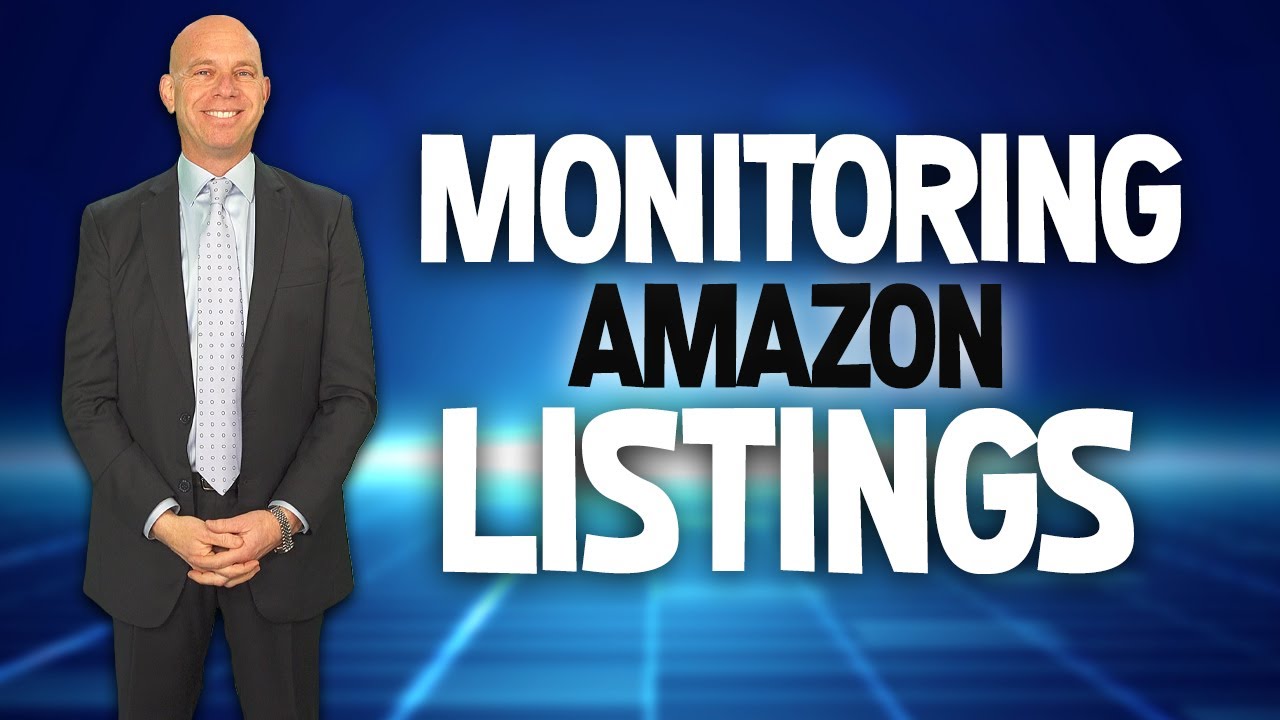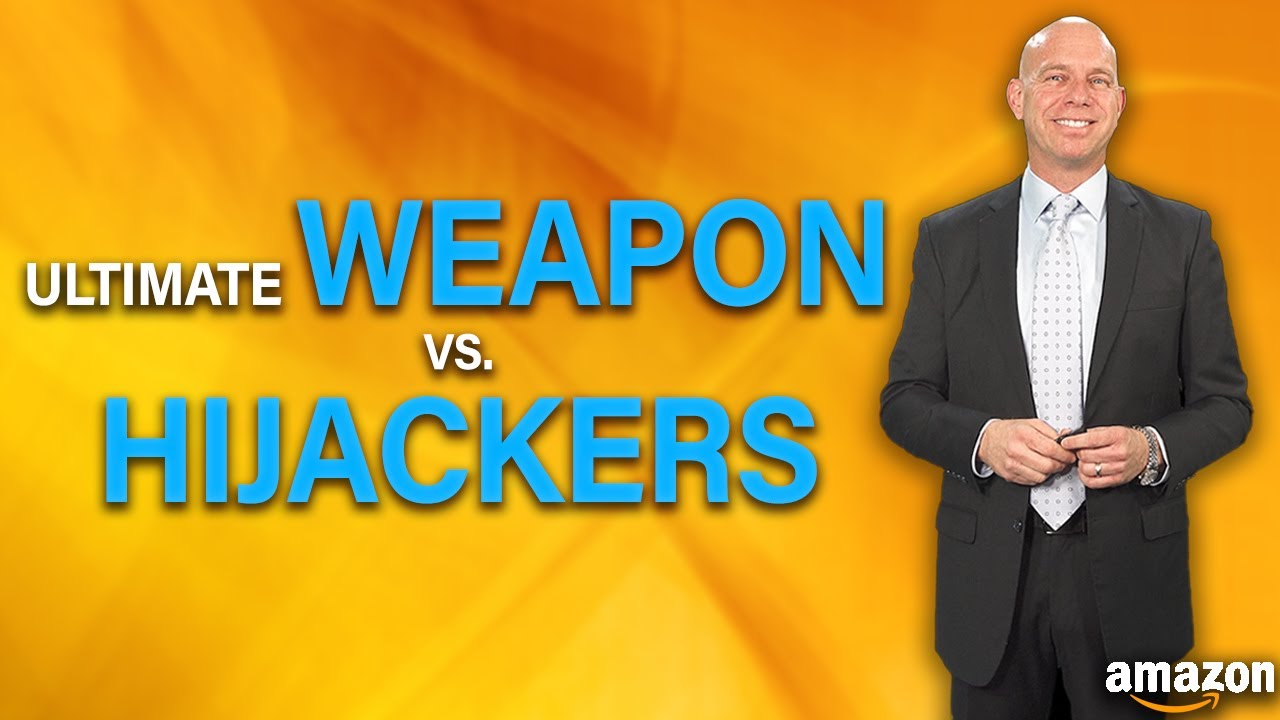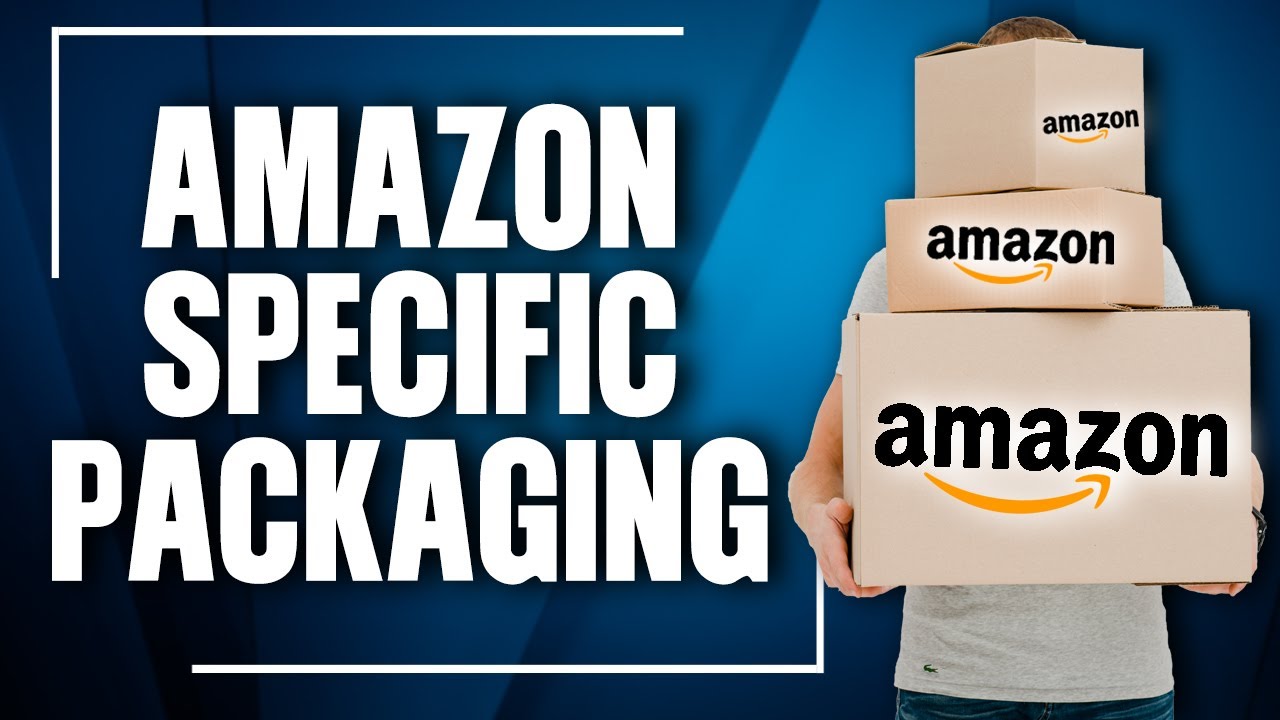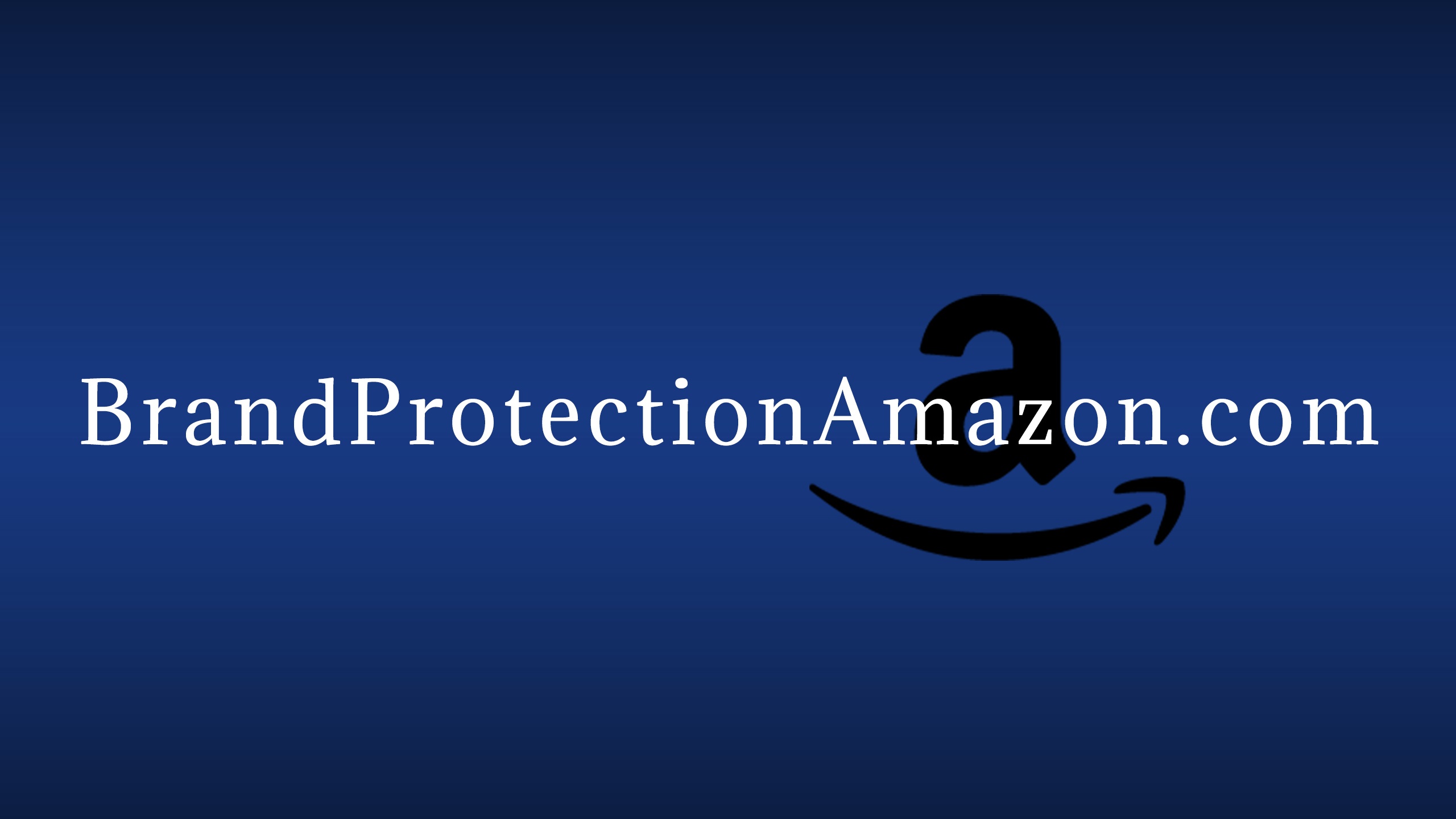
Merch By Amazon is a way for bands and artists to create merchandise through an already accredited platform, and to use their own artwork.
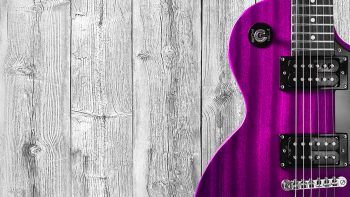 This method of creating merchandise for bands or artists is extremely efficient, as you just “upload your artwork, set your price” and Amazon “prints what you sell, it’s shipped fast with Prime”, and you can “earn monthly royalties” [1].
This method of creating merchandise for bands or artists is extremely efficient, as you just “upload your artwork, set your price” and Amazon “prints what you sell, it’s shipped fast with Prime”, and you can “earn monthly royalties” [1].
A great aspect of this site is that it is geared to a wide ray of people, making the process general and simple; they “are interested in all brand types, including major entertainment brands, musicians, consumer products, and social influencers. (Note that social influencers must have a minimum of 100,000 followers.” [2])
The process of becoming an artist on the merch section of Amazon is a relatively easy one, once off the waitlist; it is not accessible by everyone. This way, Amazon keeps the site representative of real artists and keeps the process above-board. In order to request an invitation to join, you must fill out the proper form/application.
Policies
Designs must be approved by Amazon before being allowed to be sold to consumers. By allowing Amazon to use your artwork to sell, they have the right to take down your artwork “without notice”, as “Amazon reserves the right to make judgments about whether or not the content is appropriate” [3].
There are other requirements for artwork to be uploaded to the platform. “Your design should be a 300 dpi PNG. Though the image size should be 15 x 18 inches, although it is recommended” to use a “design that fits comfortably within that area rather than taking up all of it” [4].
An up-side to using merch.amazon.com is that it is non-exclusive, meaning that a design submitted to Amazon can be submitted to other sources as well. If after taking these steps you are still unsure about your design, you can check out the design templates that Amazon provides and strongly recommends you use [5]. Another great resource given by Amazon is a section that tells you, the creator about products that typically “sell well based on sales” [6].
If your designs are approved by Amazon, you are entitled to royalties based on each product that is sold. Amazon defines your royalties as:
“based on your product’s purchase price less Amazon’s costs. Amazon costs include materials, production, fulfillment, customer service, returns, exchanges, and resources required to detect and prevent fraud. Fulfillment costs include picking and packing your product when a customer orders it and shipping your product to the customer—including shipping for Amazon Prime and Free Shipping eligible orders.”
On the easy-to-navigate royalties page, Amazon provides many examples for the amount of royalties that could be expected depending on the item and the list price. [7] In fact, there are many well-known companies who sell their content on merch.Amazon.com. These include Disney, Dr. Seuss, Cartoon Network, Marvel, adult swim, universal, Fortnite, and many others [8].
There are many tiers of which a creator can reach based on sales. You are upgraded from Tier 1 to Tier 2 once you sell 25 shirts. Once you sell 100, you move up to Tier 3. Tier 4 is reached once you sell 500, and so on and so forth [9].
As a band or artist, it is important for you to know that firstly, merch.amazon.com is even an option, but how to successfully use it.
Pros and Cons
As previously mentioned, there are advantages and disadvantages to using merch.amazon.com to produce and sell your merchandise.
Some pros include firstly, shipping and manufacturing is in the hands of Amazon, a large company with the capabilities to swiftly and correctly produce your work. Additionally, the fact that Amazon lets you, the creator store your merch in their warehouses is paramount. Another advantage is that there are no fees taken, other than the amount taken when you sell products. Thirdly, because Amazon is streamlined and has a network that reaches across the globe, it is easy to keep up with your profile and products once your page/merch is approved by Amazon [10].
The cons include trademark infringement and competition, as well as optimization. An important step to take in order to steer clear of these issues is to check “USPTO.GOV” for already registered trademarks. Optimization takes a bit of know-how and skill.
Additionally, once you submit your designs, if someone files a copyright complaint, Amazon can hold your funds for different products and keep it. This is why it is extremely important to know Amazon’s policies. Because the products are “mass-produced” in a sense through a large company, the process is “direct-to-garment (DTG)” [11] in order to be as cost-efficient as possible, and therefore, the quality of the shirt is less than desirable in a lot of cases, as “the quality of print is bad unless you order in bulk” [12].
The merch.amazon.com site is useful for bands, as they can reach a great number of fans that probably outweighs the amount if you were to do it on your own.
Conclusion
Using Amazon’s merch site can help bands of all levels, specifically ones just starting out who need help to manufacture and ship out their merch. Even though this tool has been out for a year or so, it is not well-known. Hopefully now, bands and artists can use this site as a way to efficiently reach their fans and supporters. Not only do you get to choose the colors and items, but your own artwork is used and uploaded, making the process more personal.
A last warning is to make sure that your artwork does not infringe upon another’s; other articles on this site discuss this issue, particularly with bands and musicians in mind.
Merch by Amazon: An Invite to Bands and Artists
[1] https://merch.amazon.com/landing
[2] https://blooloop.com/news/amazon-merch-collab-platform-brand-licensing/
[3] https://merch.amazon.com/landing
[4] Ibid.
[5] https://merch.amazon.com/resource/Y28FFE5NLRYJG4V
[6] Ibid.
[7] https://merch.amazon.com/resource/201858580
[8] Ibid.
[9] http://merchpursuits.com/getting-started-merch-by-amazon-guide-tutorial/
[10] https://www.entrepreneur.com/article/299823
[11] https://onyxdefiant.com/problem-merch-amazon/
[12] Ibid.

